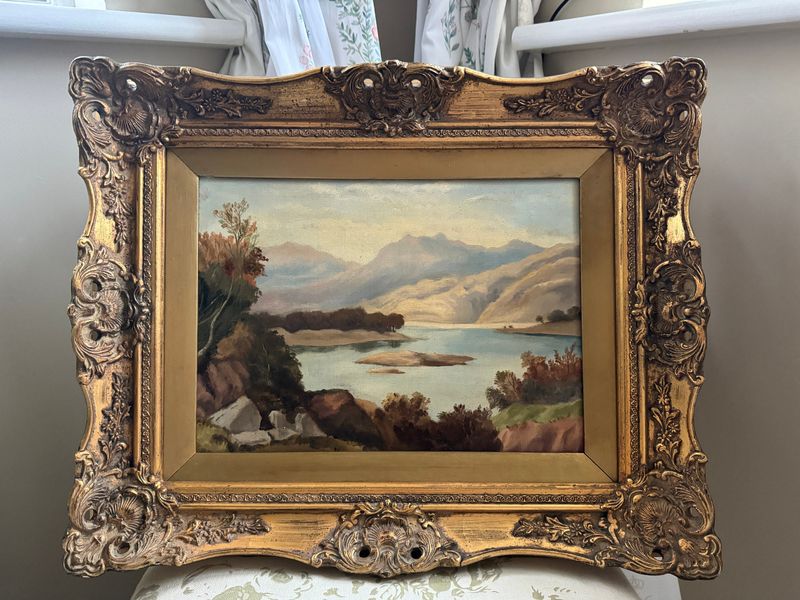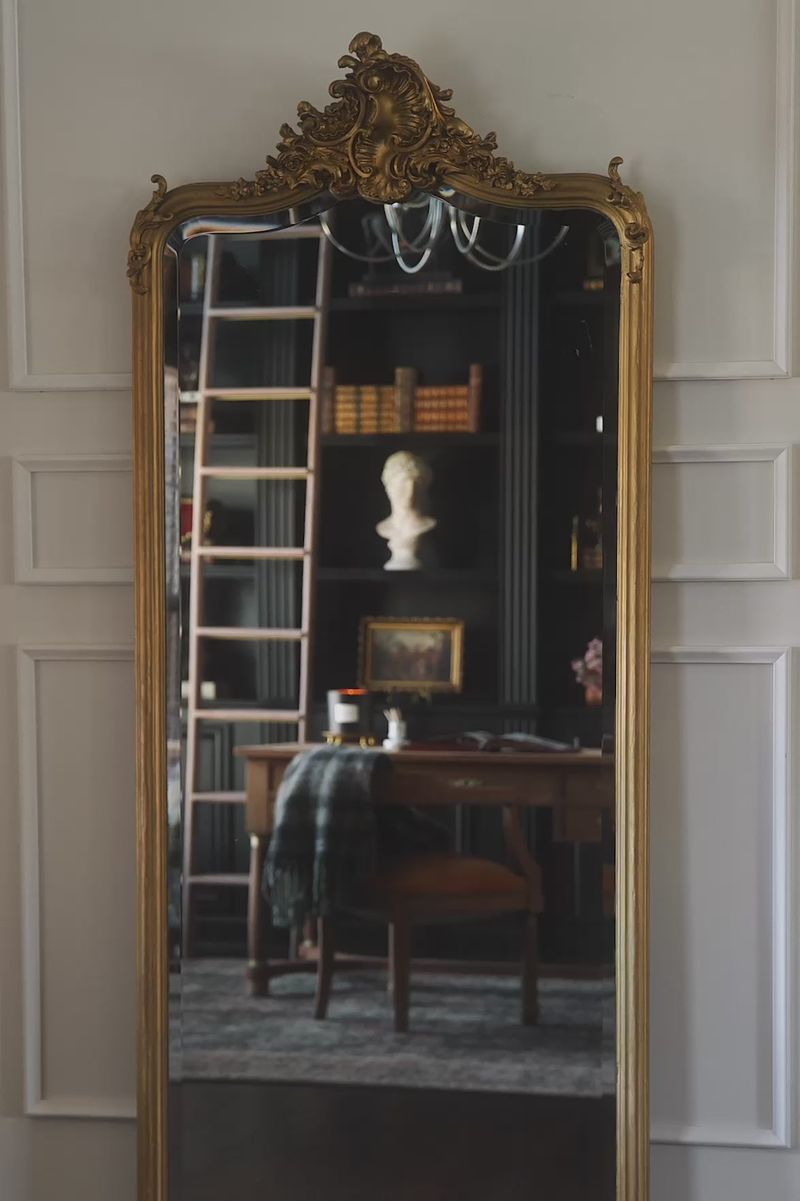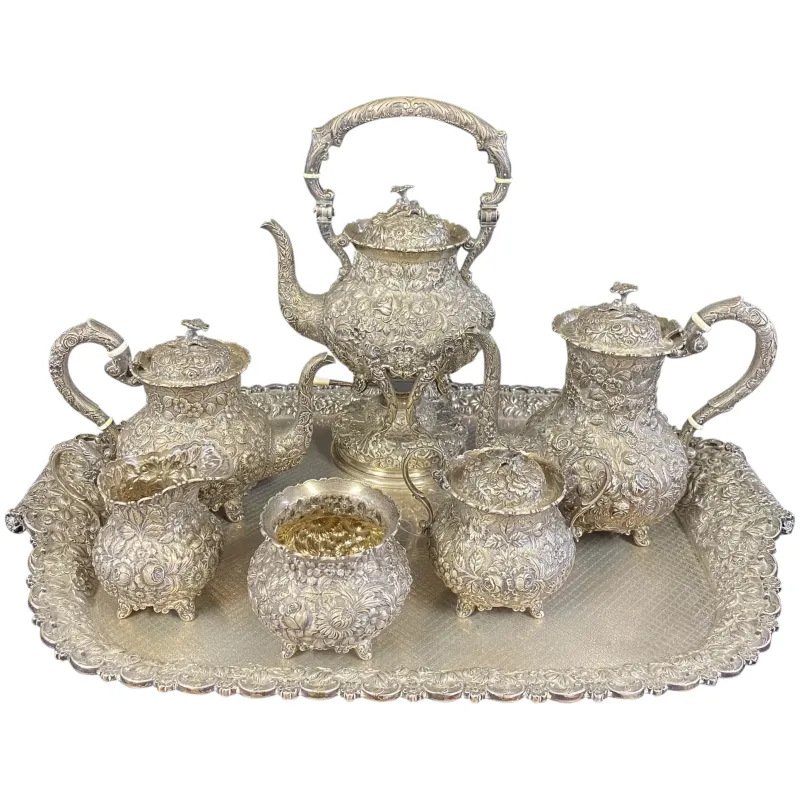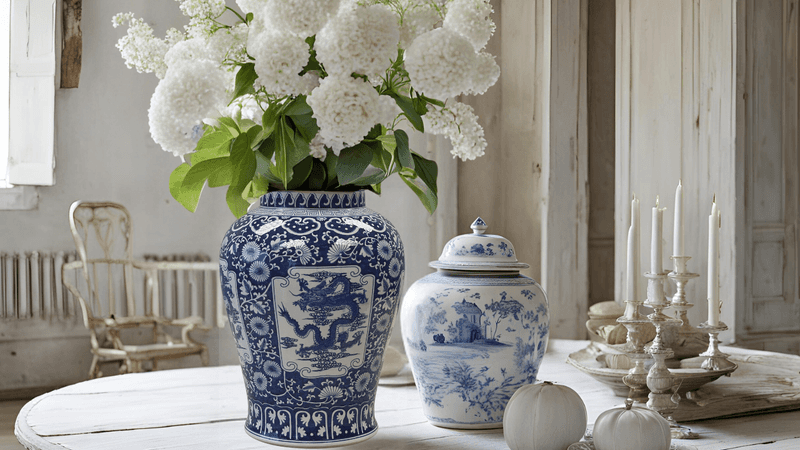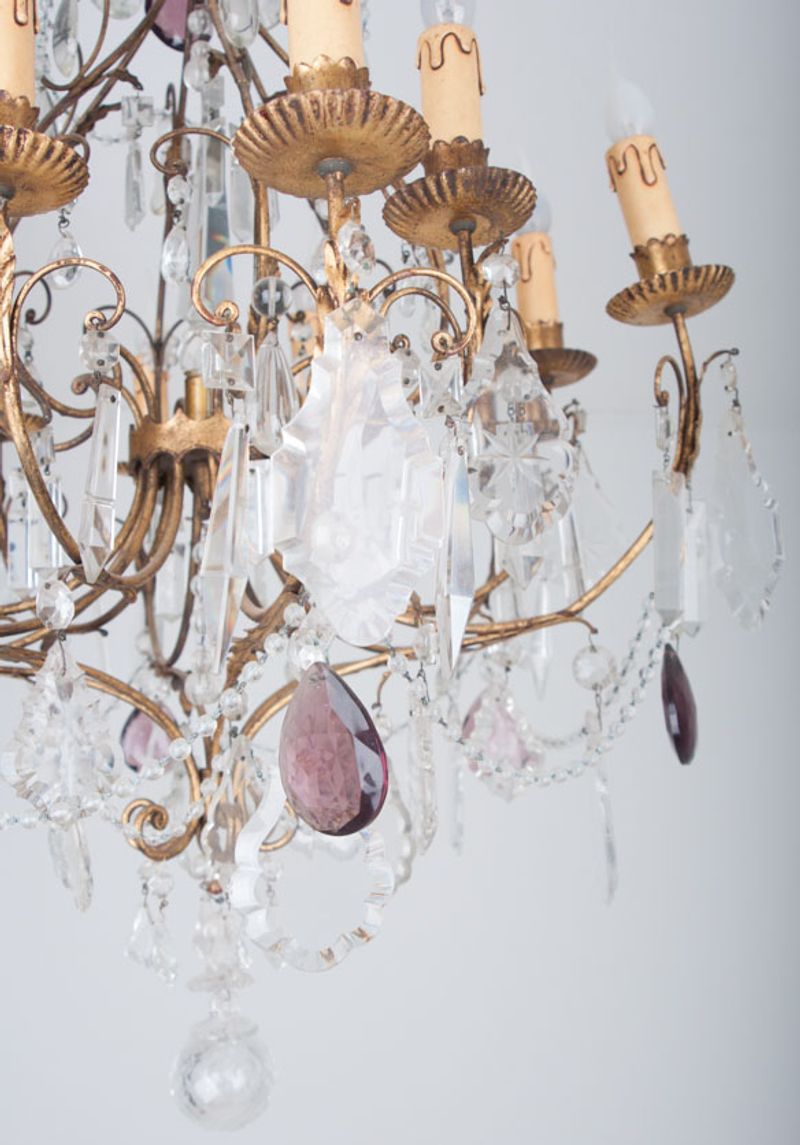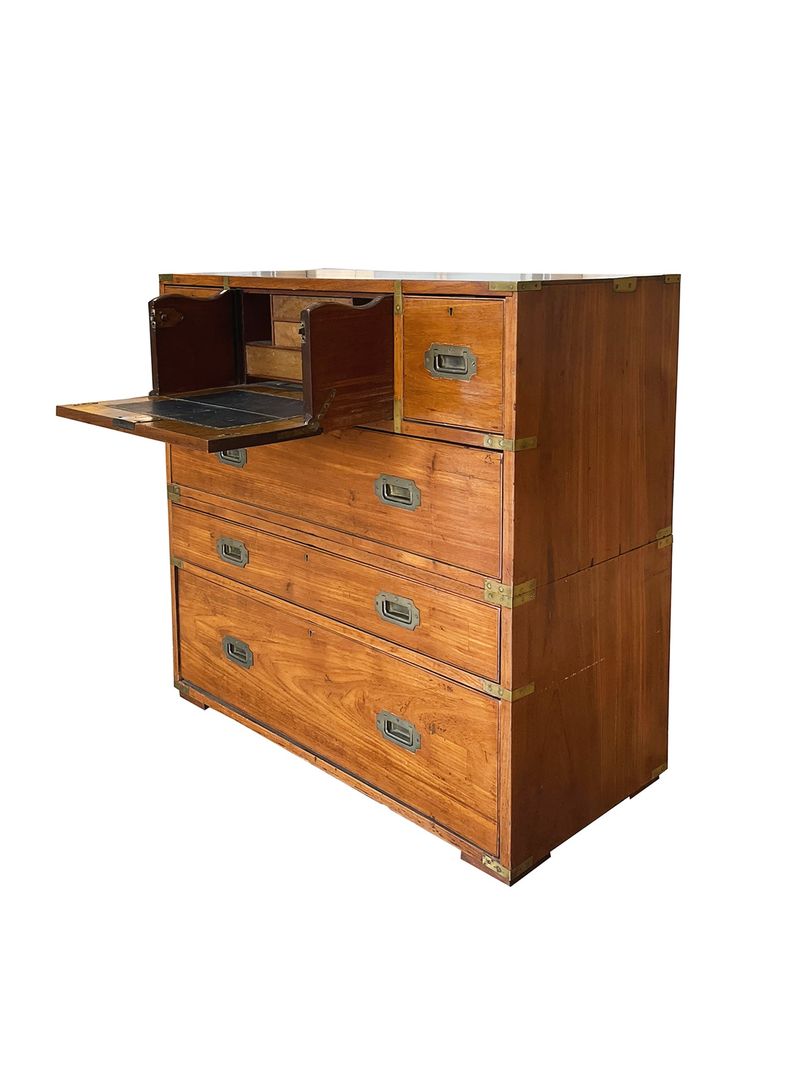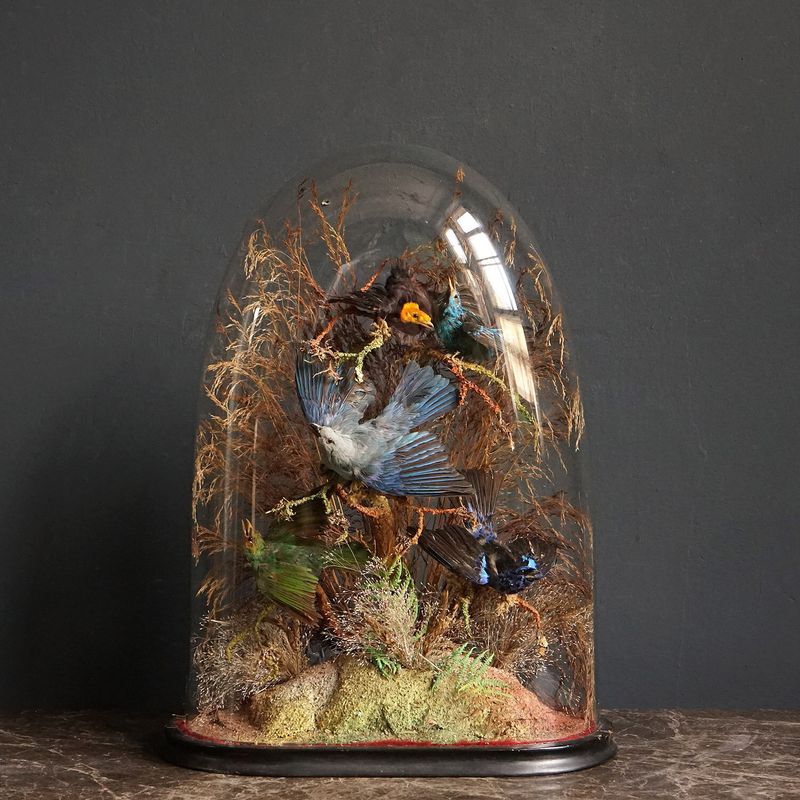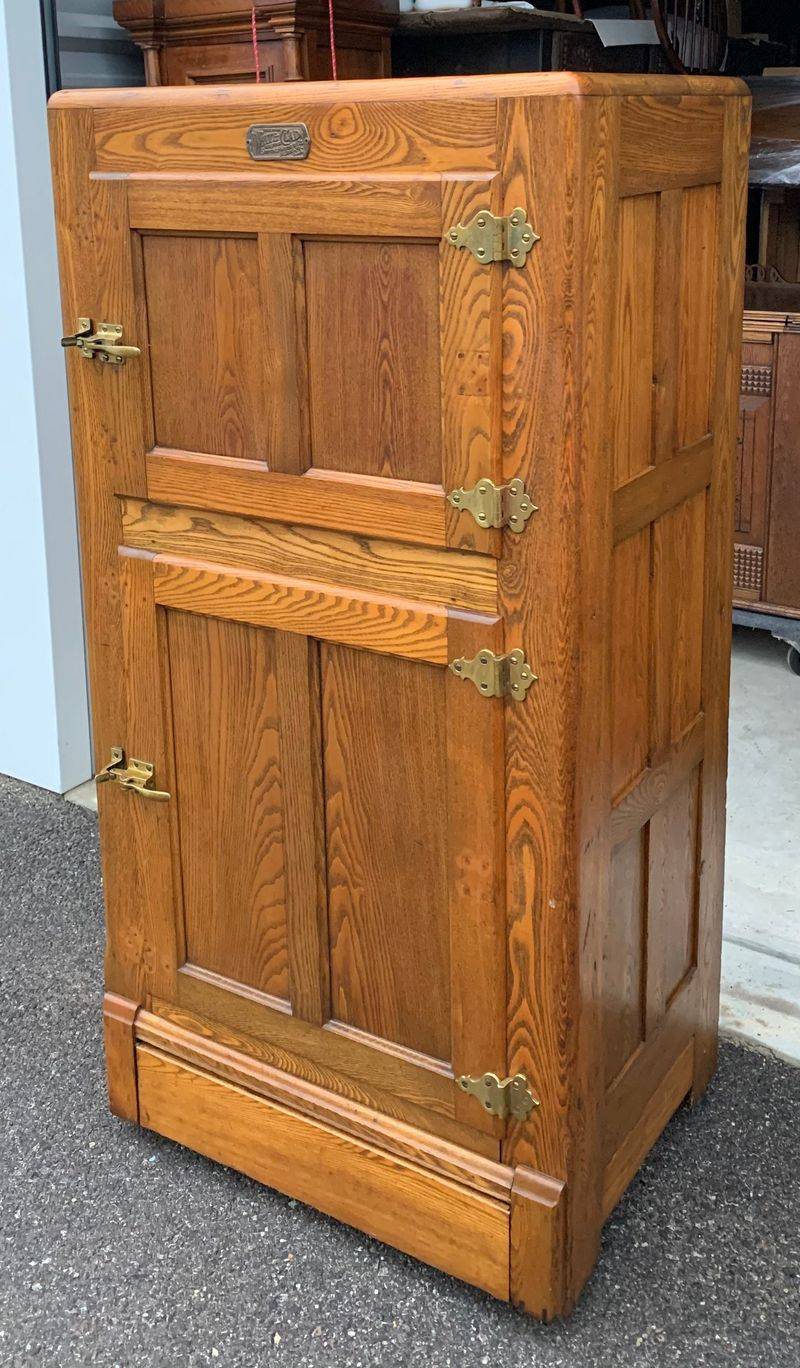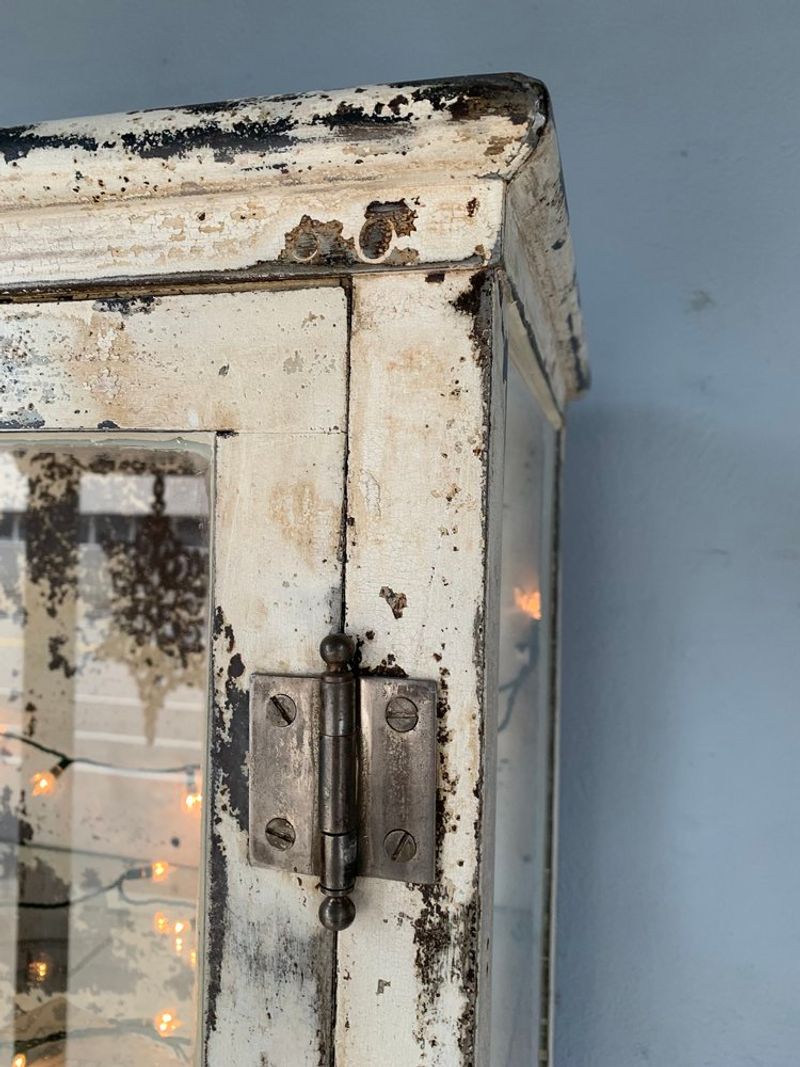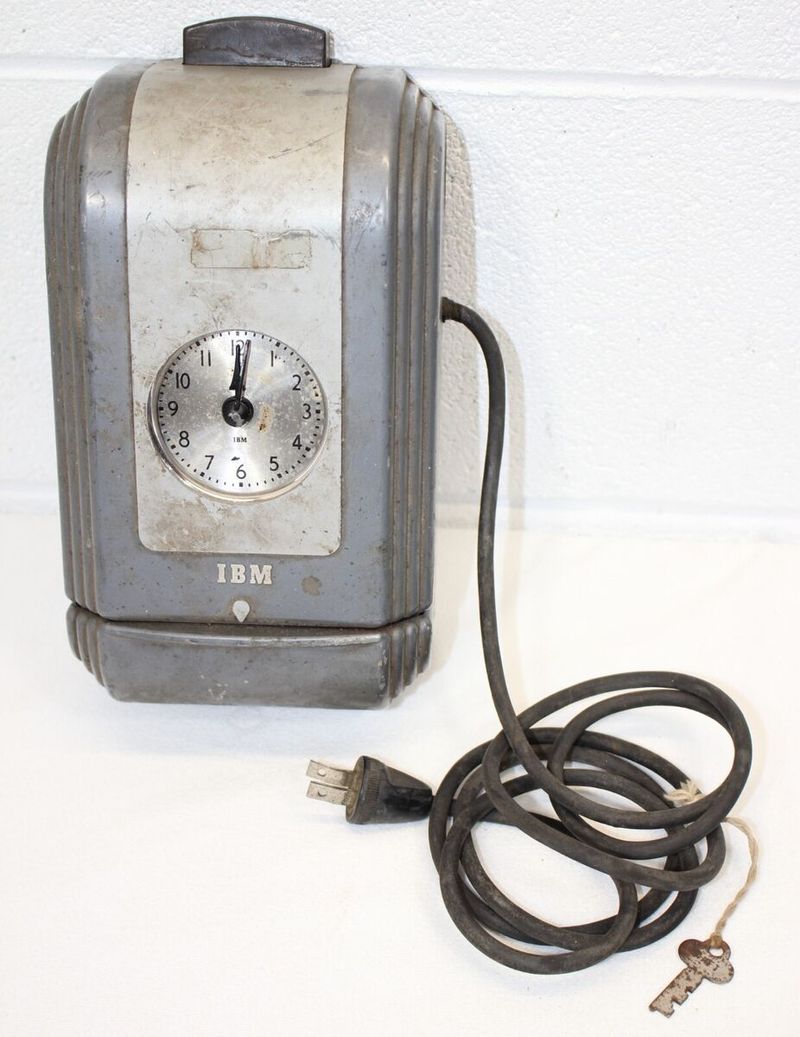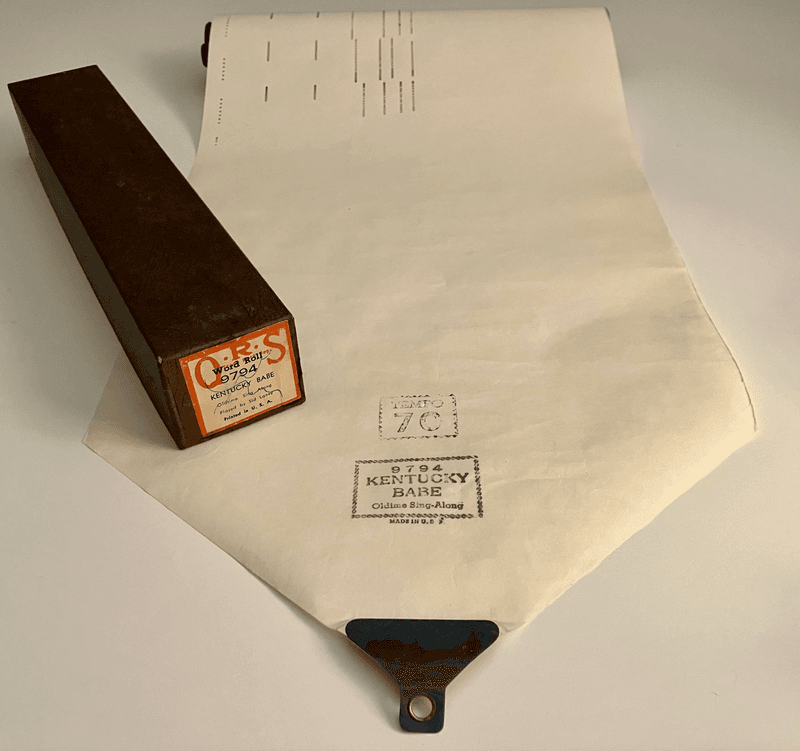Not all antiques are created equal – and designers know it. Some pieces carry timeless charm and serious staying power, while others are better left gathering dust.
It’s not just about age or rarity; it’s about craftsmanship, versatility, and the subtle magic that makes a piece feel right in any space.
The pros have their favorites – and their firm no-thank-yous. These are the kinds of finds that get snapped up in a heartbeat… and the ones that never make it past the first glance.
1. Hand-Knotted Persian Rugs
Beneath your feet lies the opportunity for extraordinary beauty and craftsmanship. Hand-knotted Persian rugs represent thousands of hours of artisanal labor, with patterns and techniques passed down through generations of skilled weavers.
Each rug tells the unique story of its region through distinctive motifs and color palettes. Even in their worn state—perhaps especially then—these textiles bring warmth and character that machine-made alternatives simply cannot achieve.
2. French Bergère Chairs
Ah, the elegant embrace of a bergère! These enclosed armchairs from 18th century France combine comfort with aristocratic flair that designers simply cannot resist. Unlike modern seating that prioritizes sleek lines over comfort, these chairs offer generous proportions and sumptuous cushioning.
The exposed wood frames showcase exquisite craftsmanship with detailed carvings that contemporary furniture rarely achieves.
3. Original Oil Paintings
While scrolling through endless digital prints, imagine stumbling upon a hand-painted landscape with centuries of character embedded in each brushstroke. Original oil paintings—whether landscapes, portraits, or still lifes—carry an authenticity that reproduction art simply cannot duplicate.
Designers love how these pieces instantly become conversation starters and focal points. The depth of color, textural quality, and even the occasional imperfection create visual interest that mass-produced art lacks.
4. Vintage Mirrors with Patina
The aged mercury glass and ornate frames of vintage mirrors tell stories that modern reproductions simply cannot match.
When properly placed, these reflective treasures can double visual space while adding historical depth to rooms. Designers particularly value those with original patina—that magical weathering that cannot be authentically replicated by manufacturing processes.
5. Silver Serving Pieces
Tarnished and forgotten in estate sales lies treasure that savvy designers immediately recognize. Antique silver serving pieces—from ornate tea services to delicate bon bon spoons—bring instant sophistication to any interior.
Whether displayed on open shelving or tucked into a glass-front cabinet, these pieces add metallic glints that catch the eye. Many designers appreciate the natural patina that develops over decades, preferring not to over-polish these historical items.
6. Chinese Ginger Jars
Splashed with cobalt blue designs against pristine white porcelain, these ceramic treasures have transcended their original purpose as spice containers to become interior design icons. Designers practically sprint across crowded antique stores when they spot authentic ginger jars.
Their classic silhouette works in virtually any design scheme—from traditional to surprisingly modern spaces. What makes these vessels particularly valuable is their versatility: they stand beautifully alone, work in symmetric pairs, or create stunning impact when grouped in collections.
7. Crystal Chandeliers
Suspended from above like frozen rain, antique crystal chandeliers capture and scatter light in ways that modern fixtures simply cannot replicate. The handcrafted nature of these lighting masterpieces means each prism was individually hung with care and precision.
Designers value both grand ballroom specimens and petite versions for powder rooms. Even when not illuminated, the crystals catch ambient light, creating subtle movement throughout the day.
8. Campaign Furniture
Ingeniously designed for military officers who needed portable yet elegant furnishings during campaigns, these practical pieces now command attention in stylish homes everywhere.
With their distinctive brass hardware and clever folding mechanisms, campaign chests and desks represent the perfect marriage of function and sophistication.
1. Taxidermy Collections
Victorian-era taxidermy once graced many upscale homes, but today’s designers run the other way. Those glass-eyed creatures collect dust, trigger allergies, and often carry harmful preservation chemicals from bygone eras.
Beyond the practical concerns, these preserved animals frequently appear damaged or discolored with age. Their glassy stares create an unsettling atmosphere that clashes with modern design sensibilities. Most importantly, contemporary ethical standards have shifted dramatically.
2. Wooden Ice Boxes
Charming as they may seem, antique wooden ice boxes are impractical space-wasters in modern homes. Their original purpose—storing ice blocks for refrigeration—is completely obsolete, leaving designers scratching their heads about functionality.
Even when fully restored, these boxes offer minimal storage capacity compared to modern furniture. Their awkward dimensions rarely fit contemporary kitchen layouts, making them more frustrating than functional.
3. Wax Cylinder Phonographs
Wax cylinder phonographs might seem like charming musical artifacts, but they’re essentially non-functional decorative burdens.
Finding intact cylinders is nearly impossible, and those that exist are museum-worthy rather than suitable for casual enjoyment. The mechanical components deteriorate in ways that modern repairmen can’t easily address, leaving you with an expensive conversation piece that can’t perform its primary function.
4. Hospital Furniture
Metal hospital beds and medical cabinets from the early 20th century might scream “industrial chic” to novice collectors, but designers avoid these pieces like the plague—literally. These institutional items often harbor a troubling history and stubborn contamination issues.
The cold, utilitarian design fights against the comfort most clients seek in their homes. Sharp edges, uncomfortable proportions, and difficult-to-clean crevices make these pieces impractical for daily use.
5. Mechanical Cash Registers
Those massive brass National cash registers might catch your eye with their ornate details and satisfying “ka-ching” sound, but designers consistently leave them on the shelf. Weighing upwards of 75 pounds, these behemoths consume valuable surface space while offering zero practical function in modern homes.
Restoration becomes a nightmare of missing parts and specialized mechanical knowledge. Many require custom-fabricated components that cost more than the register itself.
6. Punch Card Time Clocks
Salvaged from abandoned factories, these industrial time recorders might seem like perfect statement pieces for loft apartments. However, their massive weight (often exceeding 100 pounds) makes installation a structural nightmare requiring professional reinforcement.
The internal clockworks contain delicate gears that rarely survive decades of disuse intact. Replacement parts simply don’t exist anymore, leaving you with an expensive, immobile sculpture rather than a functioning timepiece.
7. Carved Ivory Items
Ethical considerations immediately rule out antique ivory for responsible designers today. Beyond the moral implications, these items carry significant legal complications—crossing state lines with them can violate federal laws, even if they’re certified antiques.
Preservation poses another major challenge. Ivory cracks and yellows dramatically over time, requiring specialized climate control and handling. Improper humidity levels can accelerate deterioration, causing expensive damage within months.
8. Player Piano Rolls
Boxes of antique player piano rolls might seem like charming musical treasures, but designers know better than to waste client money on these deteriorating paper scrolls. The acidic paper used in their production means most have become brittle and unplayable, regardless of how carefully they’ve been stored.
Finding a functioning player piano to actually use them has become nearly impossible outside of museums. Even if you locate one, restoration costs for both the piano and rolls typically exceed several thousand dollars.




